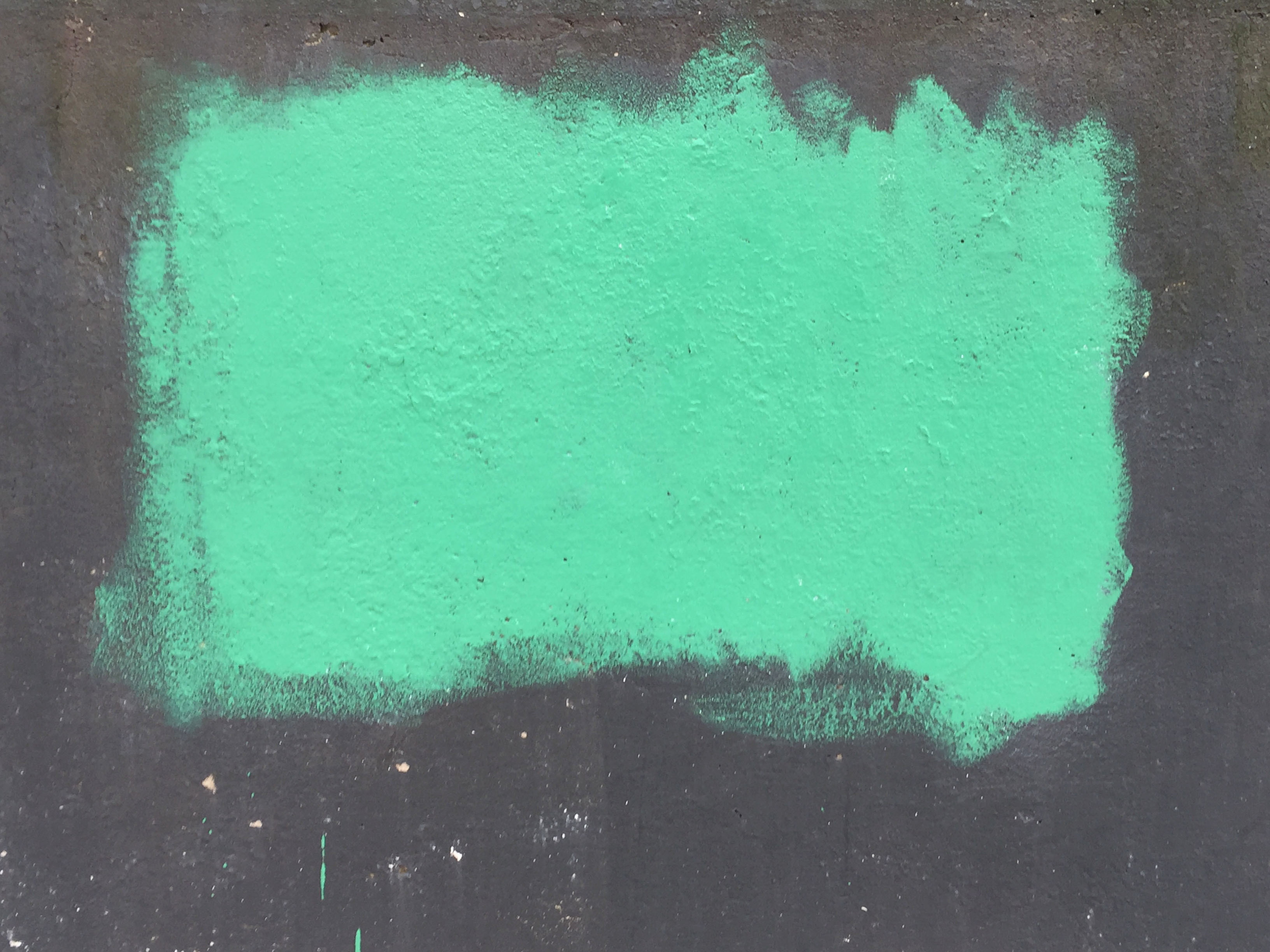3 min read
The Art World Gets a Respite for Now, but “You Ain’t Goin Nowhere”
![]() John Byrne
:
February 07, 2022
John Byrne
:
February 07, 2022

“The U.S. government and private sector must work together to bar criminals from exploiting the $28.3 billion American art market—the largest unregulated market in the world—or risk serious consequences for the country’s national security and economic integrity, as well as legitimate collectors, dealers, auction houses, and museums.”
The Antiquities Coalition Financial Task Force
The recent coverage of the Treasury Department’s “Study of the Facilitation of Money Laundering and Terror Finance Through the Trade in Works of Art” encapsulates how media (in whatever form) prefers focusing on perceived negative results as opposed to nuance and context.
I was contacted by several journalists, trade organizations and frankly peers, with the premise that Treasury’s actions were somehow evidence that because there may not be swift inclusion of the art market under the Bank Secrecy Act (BSA) that this outcome was a defeat for advocates such as our Financial Crimes Task Force.
Folks, context and understanding the environment the AML community is in is essential.
First, the Treasury Department has a myriad of projects from the AMLA of 2020 that need response and implementation. The June 2021 priorities will challenge the entire AML community, the consideration of the weakly regulated real estate industry to address the abuse of sales and purchases by oligarchs and other criminals and the many other studies, strategies and regulations required by AMLA.
Secondly, the notion that Treasury staff would have expertise in the art and antiquities industries is naïve, but their efforts to reach out to many stakeholders should be applauded.
Finally, the study is carefully crafted and leaves us, not with the impression that money laundering and terror finance in the art market are difficult to discern, but that “high value art and the market in which it is traded can be abused by illicit financial actors” but that Treasury should first “complete its ongoing work to close outstanding gaps in the U.S. AML/CFT regime related to beneficial ownership, real estate, and potentially investment advisors and nonfinancial gatekeepers…”.
Instead of focusing on the “negative” outcome of timing being premature, look at the plethora of issues already challenging Treasury, FinCEN and the other agencies.
The Study Makes Clear High-Value Art is Vulnerable to a Range of Financial Crimes
The study highlights an obvious point --- art is misused by high-net-worth individuals as an investment or to hide funds and favored by illicit actors such as kleptocrats and drug traffickers. Why?
Well, the art market possesses these “qualities”:
- The high value of art compared to other commodities;
- The “historically opaque nature” of the market;
- Subjective valuations and the lack of predictable pricing;
- The ease of transit across borders;
- The challenge to law enforcement to assess the value; and
- The well accepted use by third parties to purchase and sell art while their clients remain anonymous.
The advocacy organizations and auction houses claim they have “best practices” but we all know how far that goes to addressing due diligence… As the study so cogently points out, “the lack of regulatory requirements for such programs also means that government authorities cannot take administrative or enforcement actions when such programs are ineffective or nonexistent.”
The Recommendations
While I have been in this community for decades, it is always impressive to me when agency staff tackles a complex issue and develops such a comprehensive response. To be clear, it does not always happen and oftentimes inadequate or inaccurate regulations are the result.
Here, the authors describe in detail how high-value art is susceptible to abuse and offer a series of possible responses given the volume of issues being faced today. It is recommended that consideration be given to regulatory and non-regulatory responses:
- Encouraging improved private sector information sharing programs “to foster transparency among art market participants.” (translation---stop arguing that best practices work and put some emphasis in outreach, education and case studies);
- Updating guidance and training for law enforcement (translation—resources for training)
- Use FinCEN recordkeeping authorities to support information collection and EDD (translation---data, feedback and case studies); and
- Bring the art market under the BSA with SAR obligations (translation---ANPRM with continued open dialogue with the impacted industry)
Read the entire study and not headlines or simply the summary. While the art market may be breathing a proverbial sigh of relief, I am convinced you will be joining the formal AML community —“You Ain’t Goin Nowhere[1].”
[1] Written by Bob Dylan but more well known for the cover by the Byrds on their seminal album, that actually created country rock, “Sweetheart of the Rodeo” released in 1968.

